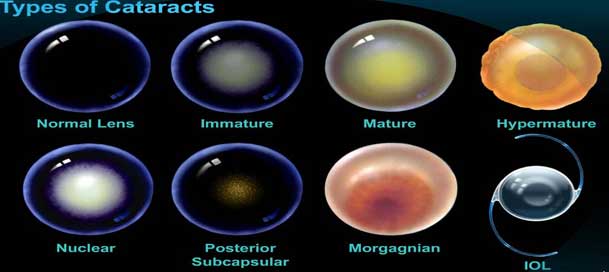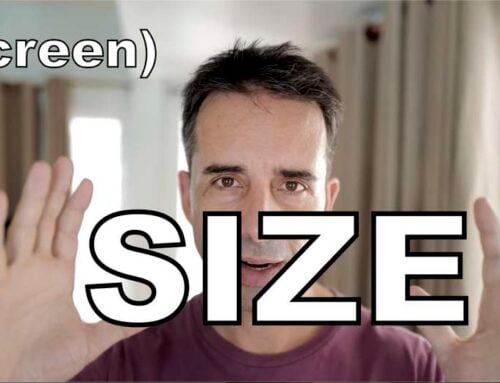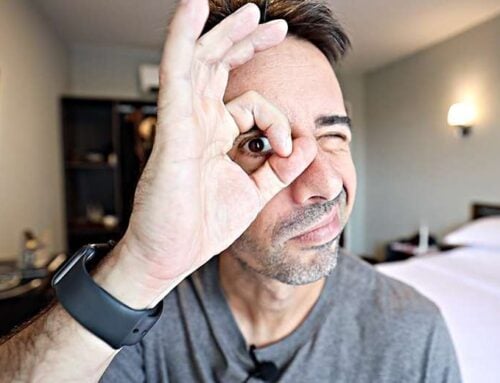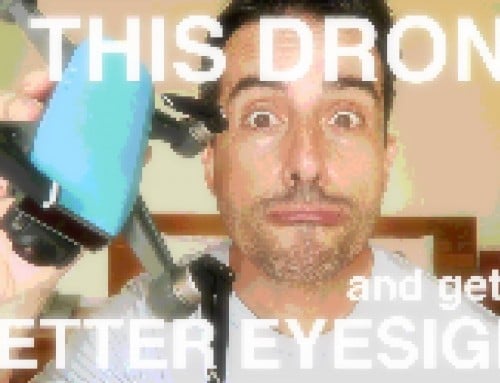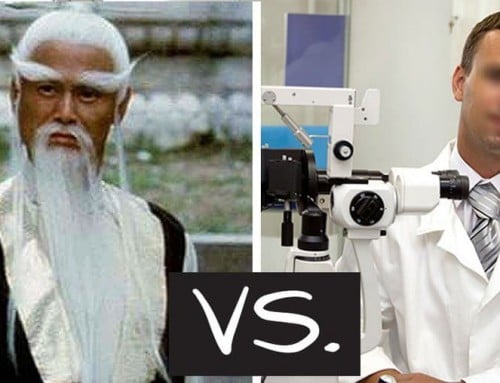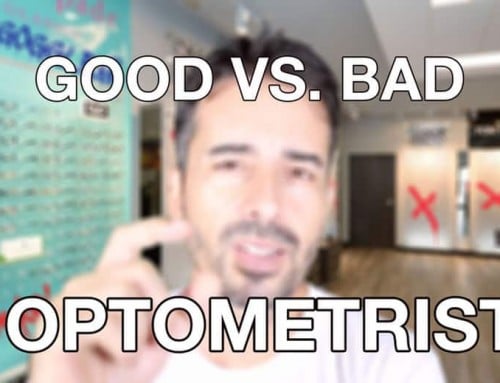Written By Despina
Contributing Optometrist
We have spoken about myopia and glaucoma. We have spoken about myopia and retinal detachment. Now I need to mention cataracts. You have all heard of cataracts. Your grandma or uncle or somebody in the family must have had one at some stage. It is the clouding of the lens of the eye, in a waterfall-like appearance, and hence the name: ‘cataractis’ means waterfall, in Greek. Although most cataracts are easily removed by surgery, under local anaesthetic, they can cause temporary loss of vision that can be debilitating, and possibly even temporary blindness. They can also obscure the view of the retina so other diseases may be progressing unnoticed.
Cataracts are of particular concern for high myopes for two reasons. Firstly, research shows a strong association between high myopia and cataracts. In other words, high myopes, particularly early-onset myopia (before age 20), are at higher risk of developing cataract later on in life. One possible explanation for this could be that the increasing axial length deprives the posterior surface of the lens of nutrients, so that it loses its clarity. Other studies suggest that axial elongation causes damage of the light-receptor cells of the retina, and that a by-product of this process causes cataract.
Secondly, cataracts are a problem for high myopes because cataract surgery, ie. cataract removal, becomes more complicated. Due to the stretching of the retina in axial elongation, the risk of retinal detachment during surgery increases 5-10 fold. It is important that the patient undergoes a thorough retinal examination before surgery to check for any holes or weakness. Also, it is more difficult to accurately calculate the power of the new replacement lens required in an elongated eye, so results may be less reliable.
Generally, cataracts progress slowly and many people live with them for many years. The view taken by surgeons these days is to remove them when they start affecting your daily life, ie. preventing you from doing what you normally do. However, reducing your myopia and axial length will greatly reduce your risk of developing cataract later on in life.

